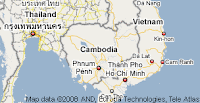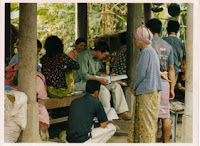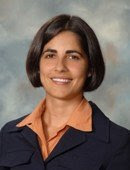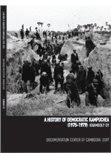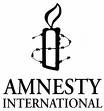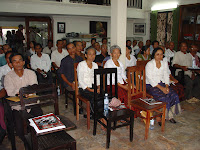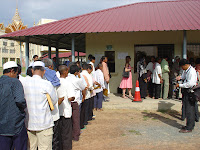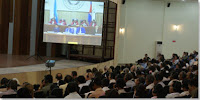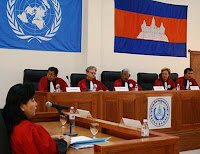 Gettysburg Country Club Goes Belly-Up
Gettysburg Country Club Goes Belly-Up, Alex J. Hayes, Gettysburg Times, Friday, May 30, 2008.
The doors of the Gettysburg Country Club are locked, but the organization’s board members say they are working diligently to make the shutdown temporary. “There are several different irons in the fire, so to speak, three or four,” said board member Tom Campbell. “Most of them are pretty sensitive, so we can’t really talk about a lot of details.”
Thursday’s shutdown is the latest development in the club’s financial saga. Members were informed recently the organization owes several thousand dollars in back taxes. Susquehanna Banks, M&T Bank, People’s Bank and Northwest Bank plan to foreclose on the Chambersburg Road property June 2 because mortgage repayments lag. Campbell would not discuss if refunds will be issued to members.
“In all honesty, we do have different target dates to open certain facilities,” he said. “If certain things fall into line and get in sync, the facilities will be open. Until we know for sure that we can’t, we are holding. General Manager Isaac Davis assures all staff will be paid today for time they worked.
“Our staff is our number one priority,” he said. “They have been here to support us and we appreciate that.” The club’s members voted this week to allow the eight-member board to subdivide, sell or lease all or a portion of the club’s assets. Previously, any such decisions required approval by a majority of the entire membership. The National Park Service hopes to obtain a scenic easement, or an outright purchase, of the club’s 120 acres of land, Gettysburg National Military Park spokesperson Katie Lawhon confirmed last week.
There are also possibilities of outside businesses leasing or owning the clubhouse and a sale of the entire facility to create a semi-private club, board members said. Board member Nate Hockley said the board is not releasing the target reopening dates because it does not want to give members “a sense of false hope.” The problem began when the members decided several years ago to open a new clubhouse. None of the board members interviewed for this report held seats on the club’s board of directors at that time.
“The membership voted overwhelmingly to build the new clubhouse,” Campbell said. “There were cracks in the walls (of the old clubhouse) that were visible and the social aspect of the club deteriorated to the point there wasn’t New Years Eve parties here; there weren’t social events.”
The facility opened April 2007 and offered a full-service restaurant, banquet facilities and pub fare. The members were accustomed to a “soup and sandwich bar,” and the new offerings did not sell as well as the club’s board hoped. “When it first opened, the general manager at the time went 100 percent – full service, every day; which we learned since, in a new enterprise like that, may not be the way to go,” Campbell said. When the general manager was replaced in August 2007, the board and new manager, Davis, realized the dire financial situation.
Campbell, Hockley, Board President Jon Miller and board member Eric Aumen say the situation was not solely the manager’s fault. “It wasn’t that the general manager ran it this way and that was the wrong way, or this happened,” Hockley said. “Things really were not in sync. One thing led to something else, which led to something else.”
Campbell also attributed the club’s problems to the decline in the housing market. He said club members knew current membership could not support the new clubhouse, but numerous housing projects in the area meant there was a good possibility membership would rise. “The feeling was, you build this facility and the members will come,” he said. Trying to improve the situation, the club’s board placed a $600assessment on the approximately 300 members.
“This is something country clubs do all the time when they need additional revenue,” Aumen said. “It is usually a lot more than $600, but we wanted to make it affordable.” Instead of the club being able to add approximately $180,000 to its cash flow, it went further in the red. “At that time, we lost 40 percent of our members,” Campbell said.
The loss of membership dues, added to existing problems, equaled seriou trouble. “If we didn’t have the loss of members that we realized, we wouldn’t be here right now talking with you (this reporter). There would be no problem; it would be a profitable enterprise. Because of the folks who quit over a $600 assessment, we went down,” said Campbell.
The board then kicked-off a $13,000 advertising campaign with hopes of recruiting new members. Monthly memberships, with a year commitment, were reduced to $200 from $283. Packages that provided access to only the pool and/or tennis courts were also introduced. “That was 26 newspaper ads; one every other day for 50 days; 200 radio ads and a 5,000-piece direct mail drop,” Hockley said. Like the assessment plan, the marketing campaign failed miserably.
Why board members spent so much time and effort into saving a club they do not have significant financial interest in may baffle some; but to Campbell, Hockley, Aumen and Miller, the answer is simple. “My parents were members here and I grew up here. To me, summer is Gettysburg Country Club,” Campbell said. Aumen and Miller found it a great place to meet people when they moved to the area a few years ago.
“The great thing about it is, there are people I wouldn’t necessarily invite over to my house, but I enjoy coming to the club and I enjoy seeing them,” Aumen said. Even though the doors are closed, the four say they will work “day and night” to reopen. Even if the banks foreclose June 2, they will still have six months to a year to figure out a plan, Miller said.
If those efforts are fruitless, the four have no idea what they will do. “We will tell you when we get there,” Hockley said. “Right now, we are going to paint the picture that we are going to turn this thing around. We will give it 120 percent.”
Contact Alex Hayes at ahayes@gburgtimes.com.
Source:
http://www.gettysburgtimes.com/articles/2008/05/30/news/local/doc483fe7e04b1fb679921665.txt">
Map:
http://www.nps.gov/archive/gett/getttour/day1.htmCWL: The Country Club is between Herr's Ridge and McPherson's Ridge; the club's eastern border is Willoughy's Run. The Country Club was built on Heth's advance. In a decade after the battle, a hotel featuring mineral waters was built on the site. The mineral springs hotel was developed into the country club during the next century.
Additional News Story: Hanover Evening Sun
http://www.eveningsun.com/ci_9415797?IADID=Search-www.eveningsun.com-www.eveningsun.com
 On this day in ...
On this day in ... contracting parties; the United States is not among them. It is administered by the World Intellectual Property Organization.
contracting parties; the United States is not among them. It is administered by the World Intellectual Property Organization.








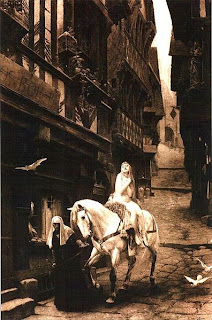



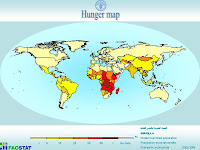
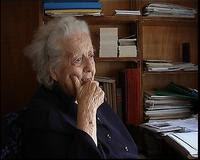
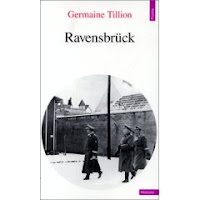
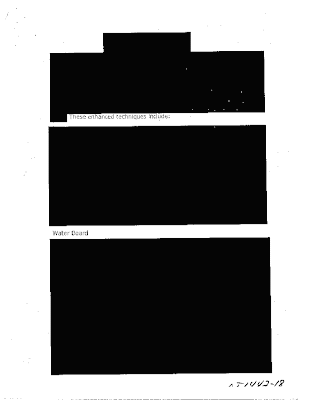
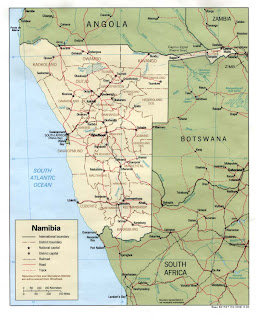



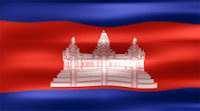 One final post on my recent trip to Cambodia (flag at left) to observe the proceedings before the Extraordinary Chambers in the Courts of Cambodia. A challenge to the tribunal will be making its legal proceeding
One final post on my recent trip to Cambodia (flag at left) to observe the proceedings before the Extraordinary Chambers in the Courts of Cambodia. A challenge to the tribunal will be making its legal proceeding 